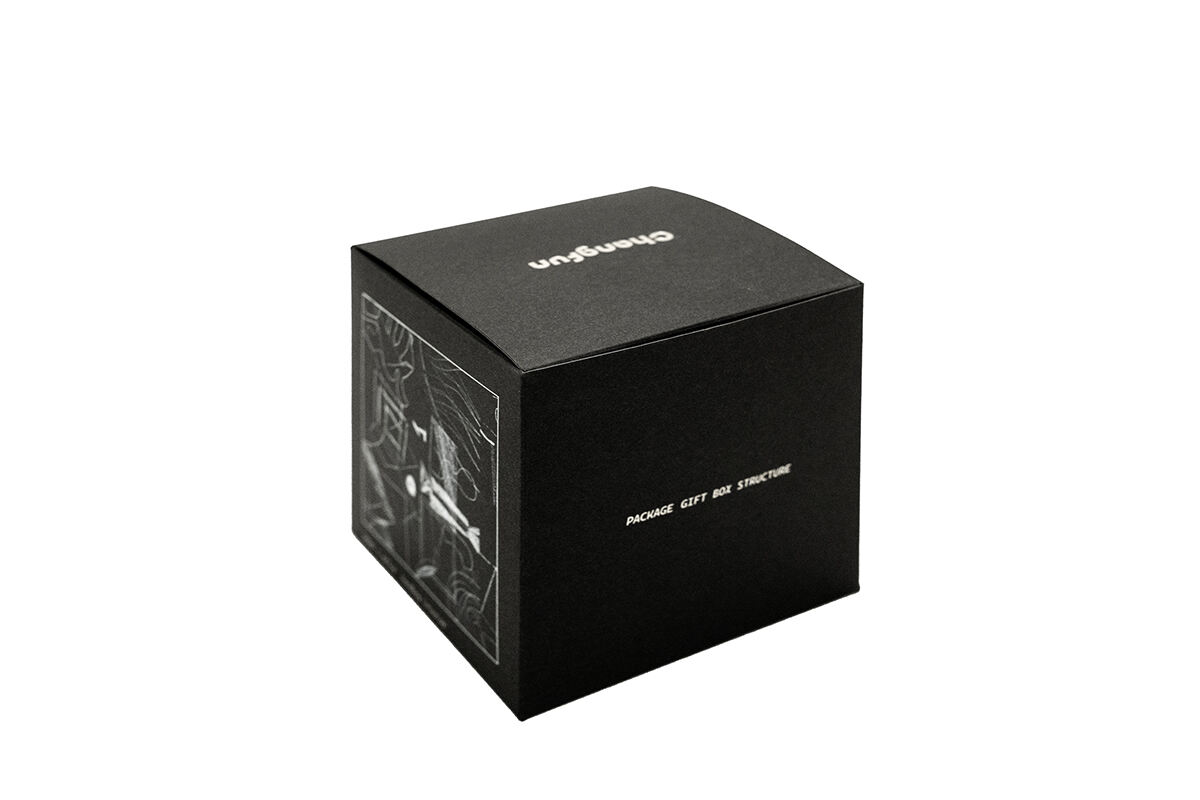
The packaging industry is witnessing a remarkable transformation as paperboard packaging emerges as a frontrunner in sustainable business solutions. This versatile material has become increasingly sophisticated, offering companies innovative ways to protect, present, and deliver their products while maintaining environmental responsibility. As we approach 2025, the applications and technologies surrounding paperboard packaging continue to expand, creating new opportunities for businesses across various sectors.
From luxury retail boxes to industrial shipping containers, paperboard packaging has proven its adaptability and efficiency in meeting diverse business needs. The material's inherent properties - lightweight yet sturdy, recyclable, and customizable - make it an ideal choice for companies looking to balance functionality with sustainability. Understanding the various types and applications of paperboard packaging is crucial for businesses aiming to optimize their packaging strategies in the coming years.
Solid Bleached Sulfate represents the premium tier of paperboard packaging materials. This high-quality substrate features a bright white appearance achieved through chemical pulping and bleaching processes. The superior surface smoothness and excellent printability make SBS the preferred choice for luxury goods, cosmetics, and pharmaceutical packaging.
The material's strength and resistance to moisture make it particularly suitable for products requiring stringent protection standards. Companies utilizing SBS benefit from its ability to maintain structural integrity while presenting products in an aesthetically pleasing manner. The material's versatility allows for various finishing techniques, including foil stamping and embossing, enhancing brand presentation.
Coated Unbleached Kraft board has gained significant traction in the beverage and food industry. This robust material offers exceptional strength and durability, making it ideal for packaging that needs to withstand varying environmental conditions. The natural brown color of CUK board appeals to environmentally conscious consumers and brands focusing on sustainable packaging solutions.
The material's structural properties provide excellent crush resistance and protection during transportation and storage. Many businesses choose CUK board for its cost-effectiveness and reliable performance in demanding applications. The surface coating ensures good printability while maintaining the material's eco-friendly appeal.
The integration of digital printing technology has revolutionized paperboard packaging production. Modern digital presses enable rapid prototyping, short-run capabilities, and unprecedented customization options. This advancement allows businesses to respond quickly to market demands and implement seasonal or promotional packaging variations without significant setup costs.
Variable data printing capabilities enhance personalization opportunities, enabling brands to create unique consumer experiences through their packaging. The improved color accuracy and consistency of digital printing ensure brand standards are maintained across different production runs, crucial for maintaining brand identity in the competitive market.
The convergence of paperboard packaging with smart technology represents a significant leap forward in packaging functionality. Embedded QR codes, NFC tags, and smart sensors are being integrated into paperboard packaging, creating interactive experiences for consumers while providing valuable data for businesses.
These smart features enable real-time tracking, authentication, and consumer engagement opportunities. Companies can monitor supply chain efficiency, prevent counterfeiting, and gather insights into consumer behavior through smart packaging solutions. The technology's integration with paperboard maintains the material's recyclability while adding substantial value to the packaging solution.
The food and beverage industry has embraced paperboard packaging for its versatility and food-safe properties. Modified atmosphere packaging solutions using specialized paperboard help extend product shelf life while maintaining freshness. The material's ability to incorporate barrier coatings provides necessary protection against moisture and oxygen, crucial for food preservation.
Quick-service restaurants increasingly rely on paperboard packaging for takeaway containers and beverage holders. The material's insulation properties, combined with its ability to maintain structural integrity under varying temperature conditions, make it ideal for both hot and cold food applications.
The explosive growth of e-commerce has created new demands for paperboard packaging solutions. Businesses are implementing right-sized packaging strategies using customized paperboard designs to minimize shipping costs and reduce environmental impact. The material's lightweight nature and excellent cushioning properties make it ideal for protecting products during transit.
Advanced paperboard structures incorporating honeycomb designs and reinforced corners provide superior protection while maintaining sustainability credentials. E-commerce businesses benefit from reduced shipping costs and improved customer satisfaction through well-designed paperboard packaging solutions.
The push towards circular economy principles has positioned paperboard packaging at the forefront of sustainable packaging solutions. Companies are increasingly adopting closed-loop systems where used packaging is efficiently collected, recycled, and reintegrated into the production cycle. This approach not only reduces environmental impact but also creates cost efficiencies for businesses.
Innovation in recycling technologies has improved the quality of recycled paperboard, making it suitable for high-end applications. Businesses implementing circular economy strategies with paperboard packaging often experience enhanced brand reputation and customer loyalty.
The paperboard packaging market continues to evolve with new opportunities emerging across various sectors. The healthcare industry is adopting paperboard solutions for medical device packaging and pharmaceutical applications, driven by the material's sterility capabilities and environmental benefits. The cosmetics industry is transitioning towards paperboard packaging to meet consumer demands for sustainable luxury.
Market analysts predict significant growth in paperboard packaging applications for electronics and technology products. The material's ability to provide adequate protection while maintaining recyclability makes it an attractive option for companies looking to reduce their environmental footprint.
Paperboard packaging is environmentally sustainable due to its biodegradable nature, high recyclability rate, and production from renewable resources. The material can be recycled multiple times without significant quality loss, and many manufacturers use responsibly sourced materials certified by environmental organizations.
Paperboard packaging offers several advantages over plastic alternatives, including better recyclability, lower carbon footprint, and natural biodegradability. While plastic may provide better moisture barriers in some applications, modern paperboard solutions with specialized coatings can achieve similar protection levels while maintaining environmental benefits.
By 2025, paperboard packaging is expected to incorporate more advanced smart technology features, improved barrier properties through sustainable coatings, and enhanced structural designs for specific applications. Additionally, developments in manufacturing processes will likely lead to stronger, lighter materials with improved environmental credentials.